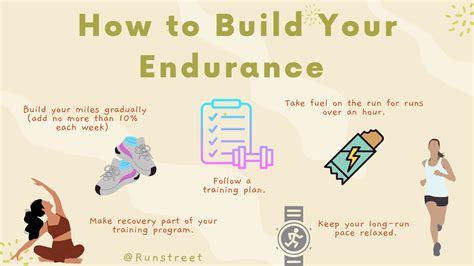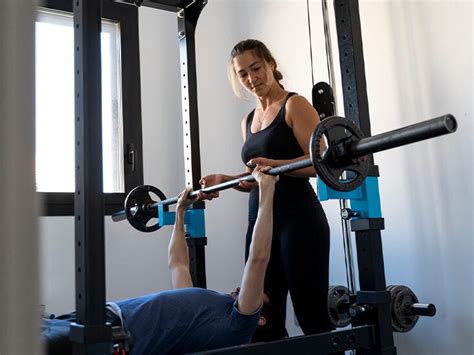Beyond intensity: How to break strength plateaus for consistent, peak performance gains?

Understanding the Strength Plateau: More Than Just a Wall
Every dedicated lifter eventually faces it: the dreaded strength plateau. That moment when your numbers stop climbing, your lifts feel stagnant, and the progress you once celebrated grinds to a halt. It’s frustrating, demotivating, and a common part of the journey toward peak performance. But what exactly causes these plateaus, and more importantly, how can we systematically dismantle them to ensure consistent gains?
A plateau isn’t merely a sign of weakness; it’s often an indication that your body has adapted to your current training stimulus. To break through, we must provide a new, intelligent stimulus, addressing factors far beyond just adding more weight to the bar.
Strategic Training Adjustments: Repurpose Your Efforts
Vary Your Rep Ranges and Intensity
While heavy lifting (low reps, high intensity) is crucial for strength, exclusively sticking to it can lead to adaptation and burnout. To break a plateau, consider incorporating periods of higher rep ranges (8-12 reps for hypertrophy) or even endurance-focused sets (15+ reps). This challenges your muscles in new ways, improves work capacity, and can create a foundation for future strength gains.
You can also manipulate tempo (slowing down the eccentric phase), change rest periods between sets, or introduce advanced techniques like drop sets, supersets, or cluster sets to vary the stimulus.
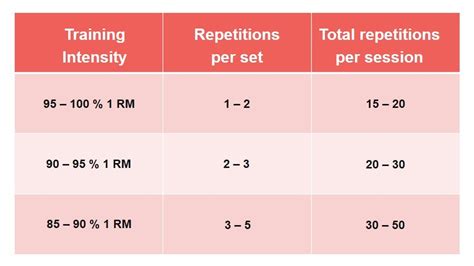
Embrace Deloads and Active Recovery
Often, a plateau is a cry for recovery, not more intensity. Strategic deloads — periods of reduced volume and intensity — allow your body to fully repair, adapt, and supercompensate, priming you for new personal bests. Similarly, incorporating active recovery days (light cardio, stretching, foam rolling) improves blood flow and speeds up the repair process without adding significant stress.
Optimize Your Recovery and Fuel: The Unsung Heroes of Progress
Precision Nutrition and Hydration
You can’t build a strong house without strong materials. Your body is no different. Ensure your caloric intake is appropriate for your goals (a slight surplus for strength gains), with adequate protein (1.6-2.2g per kg body weight), healthy fats, and complex carbohydrates. Don’t underestimate the power of micronutrients from fruits and vegetables, and maintain optimal hydration by drinking plenty of water throughout the day.

Prioritize Sleep and Stress Management
Muscle repair and growth primarily occur during sleep, when growth hormone is released. Aim for 7-9 hours of quality sleep per night. Chronic stress, whether physical or psychological, elevates cortisol levels, which can hinder recovery, promote muscle breakdown, and impede strength gains. Implement stress-reduction techniques like meditation, mindfulness, or hobbies.
Refine Technique and Movement Quality: Efficiency is Power
Master the Mechanics
Even seasoned lifters can benefit from a technique audit. Small deviations in form — a slight rounding of the back, an inefficient bar path, or improper bracing — can cap your strength potential and increase injury risk. Record your lifts, have a coach review your form, and relentlessly pursue perfect execution. A slight tweak can unlock significant strength.
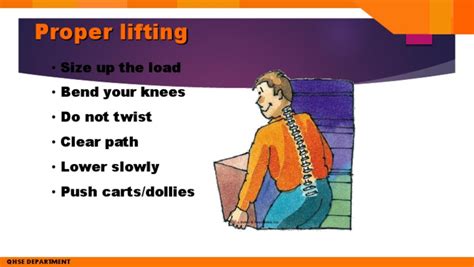
Enhance Mobility and Stability
Limited mobility or poor stability can prevent you from getting into optimal lifting positions, causing energy leaks and forcing compensatory movements. Incorporate daily mobility drills and stability exercises targeting areas like the hips, shoulders, and core. A stronger, more mobile foundation translates directly to stronger, safer lifts.
Advanced Strategies for Continued Progress
Periodization and Program Switching
Following the same program indefinitely will eventually lead to a plateau. Periodization involves structuring your training into distinct blocks (e.g., hypertrophy phase, strength phase, power phase) over weeks or months. Alternatively, switching to a completely different program every 8-12 weeks can provide a fresh stimulus and prevent adaptation.
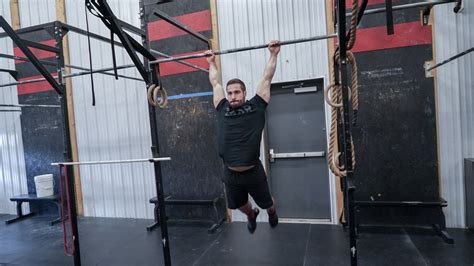
Incorporate Accessory Work and Unilateral Training
Often, a plateau in a main lift (like the squat or bench press) is due to a weakness in a supporting muscle group. Identify these weak links and dedicate time to specific accessory exercises. Unilateral training (single-arm or single-leg exercises) can also help address muscular imbalances and improve overall stability and coordination.
The Mental Game: Patience and Persistence
Breaking a strength plateau isn’t always linear. There will be good days and bad days. Maintain a positive mindset, stay consistent with your efforts, and trust the process. Track your progress meticulously — not just the weight on the bar, but also reps, sets, technique improvements, and how you feel — to identify patterns and celebrate small victories. Patience and unwavering persistence are your most powerful allies.

Conclusion: A Holistic Path to Uninterrupted Gains
Breaking strength plateaus isn’t about working harder; it’s about working smarter. By strategically manipulating training variables, prioritizing comprehensive recovery, refining your technique, and maintaining a resilient mindset, you can consistently bypass these roadblocks. Embrace a holistic approach to your training, and you’ll not only achieve peak performance gains but also build a more resilient, capable, and injury-resistant physique for the long run.
